An overview of selected new books in Szilárd Library, with a word from their authors, reviewers and publishers
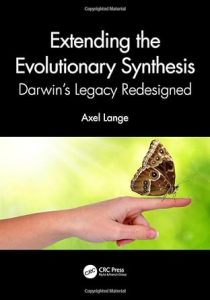
By Axel Lange
Scientific findings of the last decades require continuous rethinking and integration of new data and concepts into the theory of evolution. This comprehensibly written and excellently researched book provides exciting new insights into the Extended Evolutionary Synthesis using fascinating new examples from evolutionary biology.

By Manfred T. Reetz, Zhoutong Sun, and Ge Qu
The book begins with an introduction to different protein engineering techniques, covers topics like gene mutagenesis methods for directed evolution and rational enzyme design, and includes industrial case studies of enzyme engineering with a focus on selectivity and activity. The authors also discuss new and innovative areas in the field, involving machine learning and artificial intelligence.
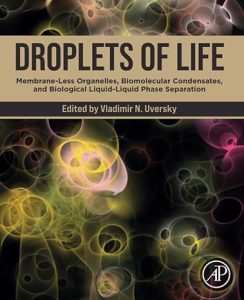
Edited by Vladimir N. Uversky
This book provides foundational information on the biophysics, biogenesis, structure, functions, and roles of membrane-less organelles (MLOs), such MLOs in different sizes, shapes, and composition; the formation of MLOs due to phase separation and how it can tune reactions, organize the intracellular environment, and provide a role in cellular fitness.
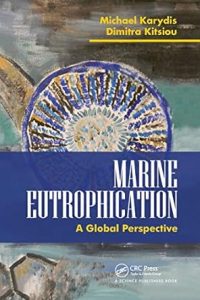
By Michael Karydis and Dimitra Kitsiou
Marine eutrophication has been recognized as a global problem with adverse effects on ecosystem’s health and the economies of coastal states. This book presents a global perspective of eutrophication in most of the Regional Seas, including information on ecosystem’s impact as well as an outline of the methods used for assessing eutrophication.
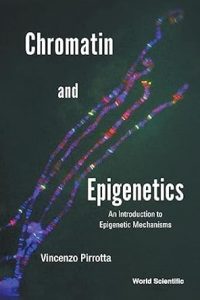
By Vincenzo Pirrotta
This textbook has grown out of a course given for the past 13 years to advanced undergraduates at Rutgers University. In keeping with the experience in that course, the book is abundantly illustrated, presents a wealth of specific examples, and includes a chapter describing a number of methods and techniques that have driven the advances in the field.
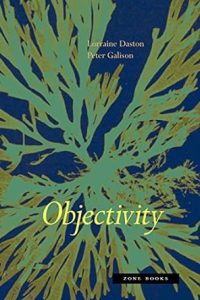
By Lorraine Daston & Peter Galison
This is a story of lofty epistemic ideals fused with workaday practices in the making of scientific images. From the eighteenth through the early twenty-first centuries, the images that reveal the deepest commitments of the empirical sciences ― from anatomy to crystallography ― are those featured in scientific atlases: the compendia that teach practitioners of a discipline what is worth looking at and how to look at it.
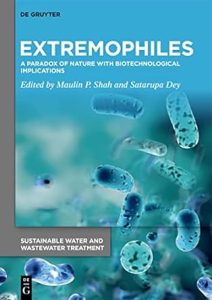
Edited by Maulin P. Shah and Satarupa Dey
This book covers the latest development in the application of extremophiles in biotechnology, nanotechnology, and bioremediation. Along with this the impact of climate change and environmental pollution on loss of diversity of extremophiles is also discussed.
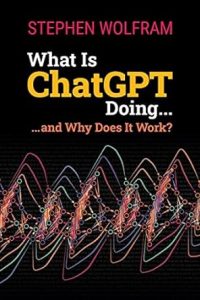
By Stephen Wolfram
In this short book, prominent scientist and computation pioneer Stephen Wolfram provides a readable and engaging explanation that draws on his decades-long unique experience at the frontiers of science and technology.







